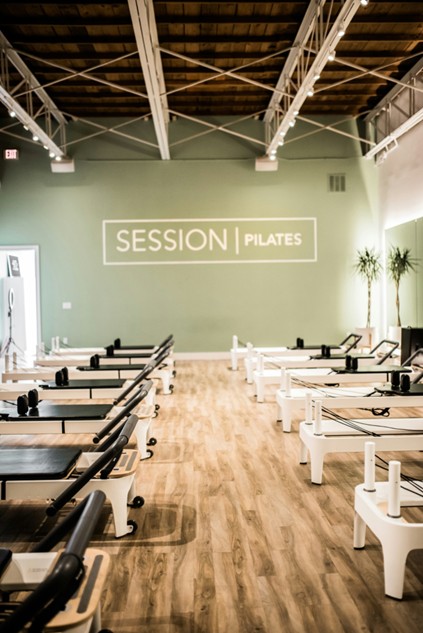
Investing in Class E: What 2025 Buyers Should Know
Since its introduction in 2020, Class E has reshaped the commercial property landscape, offering flexibility for investors, developers, and occupiers alike. But what do today’s buyers need to know before investing in a Class E property?

Photo by The Nix Company on Unsplash
Let’s take a closer look at the opportunities, considerations, and market trends shaping Class E investments in 2025.
What Is Class E, and Why Does It Matter?
Class E combines several previous use classes—including shops, offices, restaurants (not pubs), clinics, gyms, nurseries, and more—into a single, flexible planning category.
This means a landlord or tenant can often switch between these uses without needing planning permission, offering a major advantage in a changing market. In 2025, with hybrid working, shifting consumer habits, and local regeneration schemes in play, that flexibility continues to drive demand.
Why Investors Still Love Class E in 2025
1. Reduced Vacancy Risk
Properties that can serve multiple purposes are potentially less likely to sit empty. Whether your next tenant is a coffee chain, yoga studio, dental clinic, or co-working hub, a Class E designation can keep your options open.
2. Greater Appeal to SMEs and Startups
Smaller businesses increasingly seek adaptable, affordable spaces in high-footfall areas. Class E lets them tailor the space to suit their brand—without lengthy and costly planning applications.
3. Strategic Redevelopment Potential
Many Class E properties are ripe for reconfiguration, think former department stores or large retail units subdivided into mixed-use hubs which can combine retail, office and leisure spaces. Investors can buy with transformation in mind.
2025 Trends to Watch
High Street Revivals
Local authorities and BIDs are continuing to focus on reviving high streets. Class E is playing a crucial role, by enabling businesses to easily adapt to customer needs and encouraging a mix of uses—retail, services, leisure—within a single footprint.
Health & Wellbeing Tenants on the Rise
Demand for non-NHS medical services, wellness providers, and boutique fitness continues to grow. These tenants increasingly occupy Class E spaces, especially in secondary town centres.
Experience Over Retail
Brands prioritising experience-led retail (e.g. demo spaces, pop-ups, and co-retailing concepts) value the ability to pivot. Class E offers that agility.
Key Considerations Before You Buy
While Class E is broad, it’s not without its nuances. Before purchasing, ask:
- Are there any local restrictions?
Article 4 Directions can remove permitted development rights in some areas. - Does the building have heritage status or frontage constraints?
Some alterations (even signage or window displays) may still need approval. - What’s the local demand?
Research which Class E uses are most in demand in that postcode—what works in one town may flop in another. - Is residential conversion a long-term goal?
While permitted development allows some Class E-to-residential changes, not all buildings qualify.
Final Thoughts: A 2025-Ready Investment
Investing in Class E remains a smart strategy for those who value agility, tenant diversity, and long-term asset potential. With the right location and vision, these properties can deliver strong returns in a fast-evolving commercial environment.
As planning policies continue to evolve, staying informed and working with knowledgeable agents and legal advisers will be key. And for buyers ready to move quickly, Class E offers a rare mix of security and freedom that’s hard to beat in 2025.
Looking for Class E opportunities?
Explore the latest listings on NovaLoca, and then contact local agents who understand the true value of flexibility.
